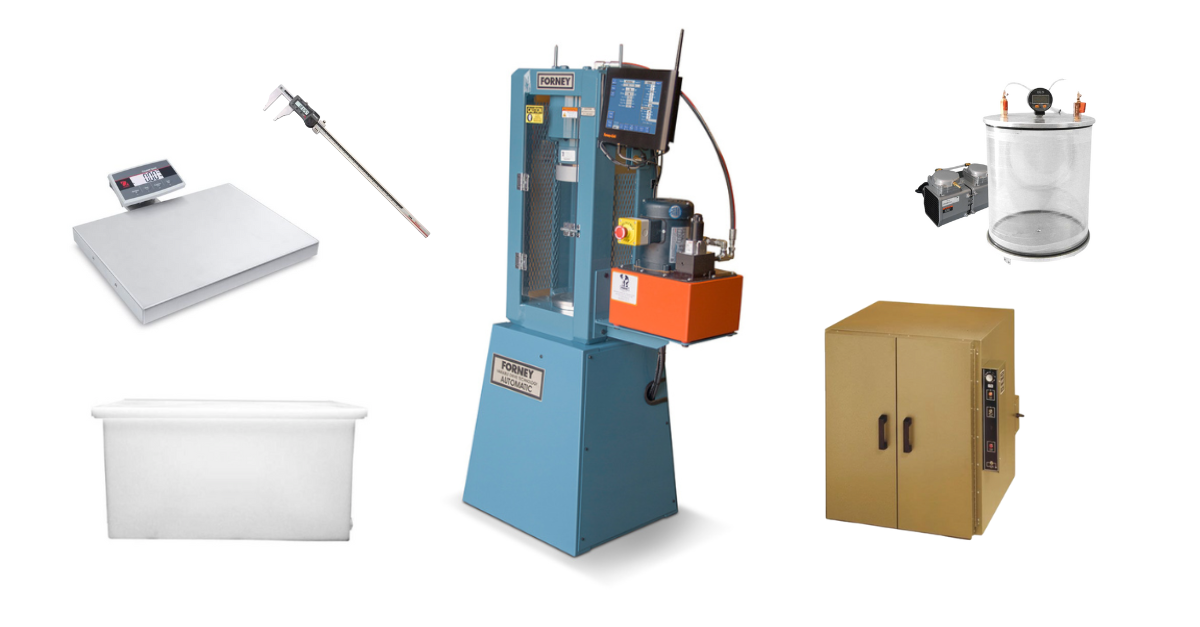Dimension stone — fabricated natural stone like granite, limestone, and marble — is widely used in construction for paving, cladding, and building foundations, where it often spans gaps or bears loads that cause it to bend. To ensure it can withstand these bending stresses without breaking, material testers measure flexural strength according to ASTM C880.
In this simple guide, we cover the basics of ASTM C880:
- The Importance of ASTM C880
- Recommended Equipment for ASTM C880
- ASTM C880 Test Preparation, Procedure & Results
The Importance of ASTM C880
In applications like paving, wall cladding, and foundations, dimension stone experiences more than just crushing forces. It often spans gaps, is supported only at certain points, and is exposed to uneven loads – forces that cause the material to bend.
Flexural strength measures the stone’s ability to resist cracking under these bending forces.
Bending creates tension on one side of the stone and compression on the other. While dimension stone has strong resistance to compression, its natural composition and any imperfections make it brittle and weaker under tension. As a result, cracks often start on the tension side under bending stress, even when the stone’s compressive strength is high.
Related Reading: Simple Guide to ASTM C170: Compressive Strength of Dimension Stone
Testing flexural strength with ASTM C880 provides a more complete, real-world picture of a stone’s durability in typical applications.
Recommended Equipment for ASTM C880
A caliper to measure specimen dimensions, and a scale to weigh specimens during dry conditioning.
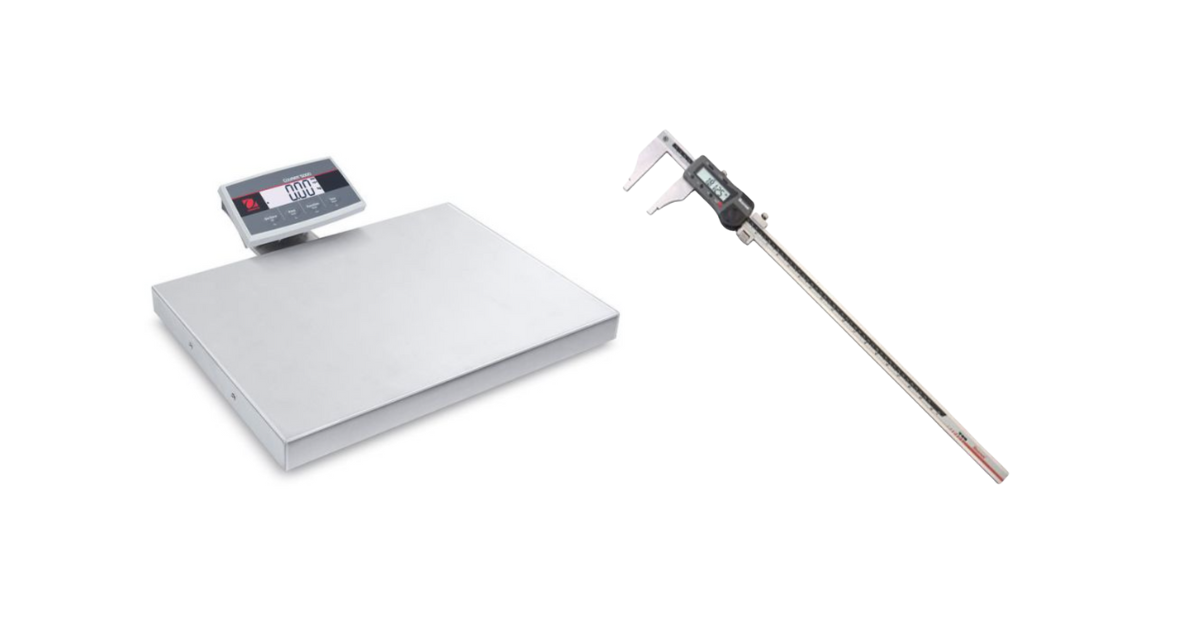
An oven to dry specimens and desiccator to cool them before testing.
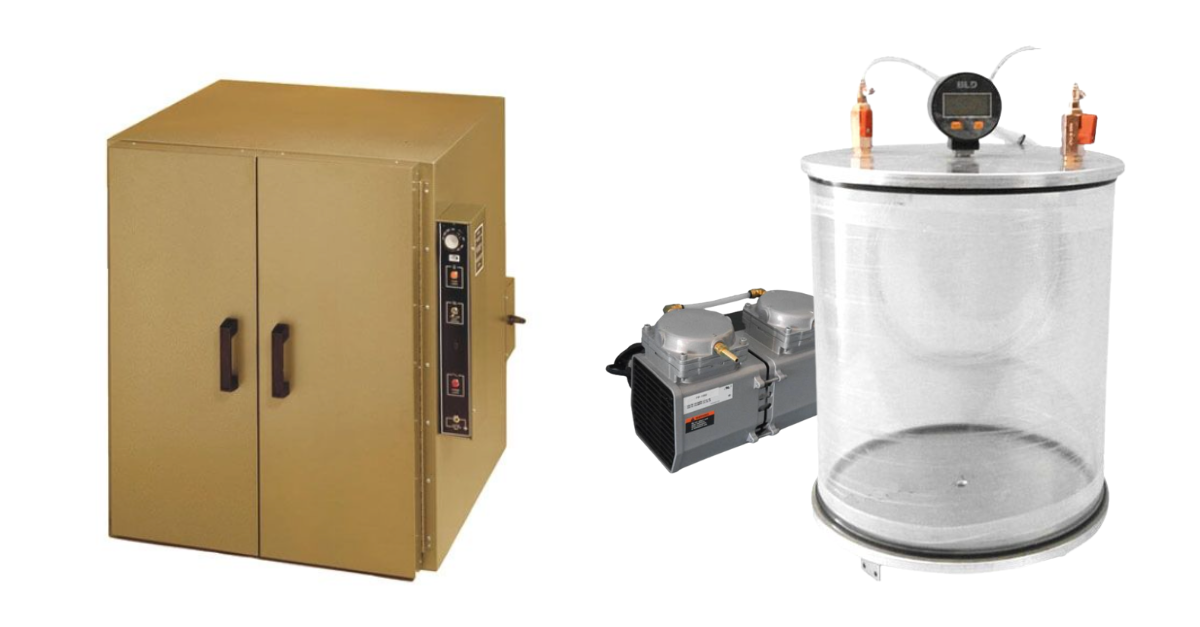
A water tank to immerse specimens for wet conditioning.
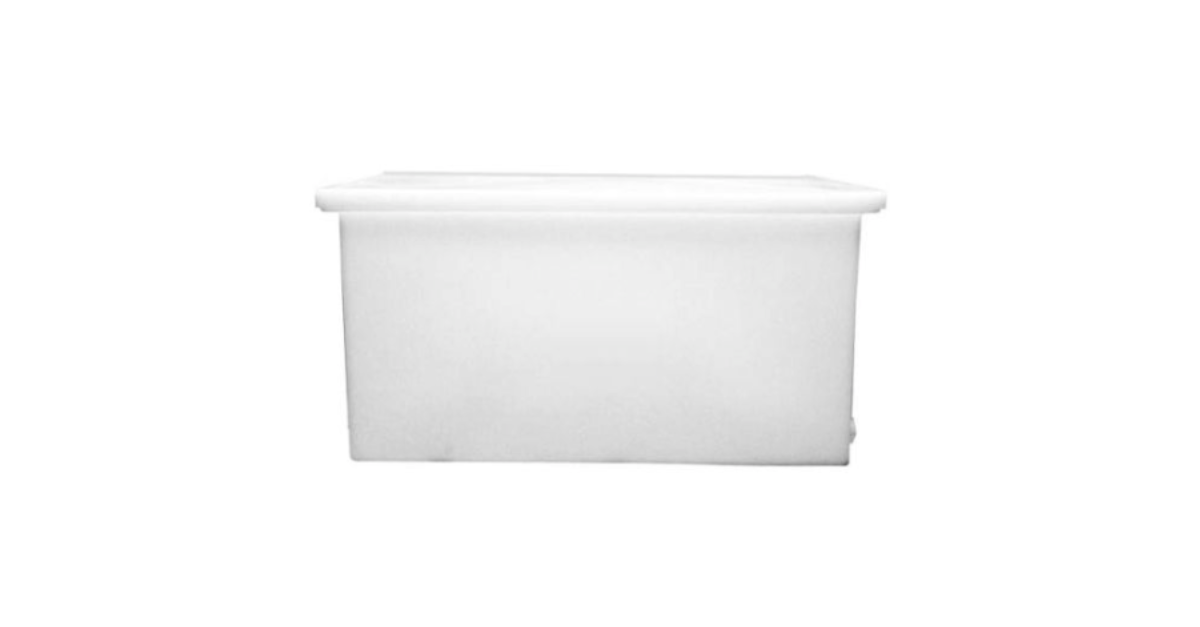
A compression testing machine that uses the quarter-point loading method and bearing blocks to ensure the force is applied vertically and centered properly. Any compression testing machine appropriate for the expected load will work for ASTM C880.
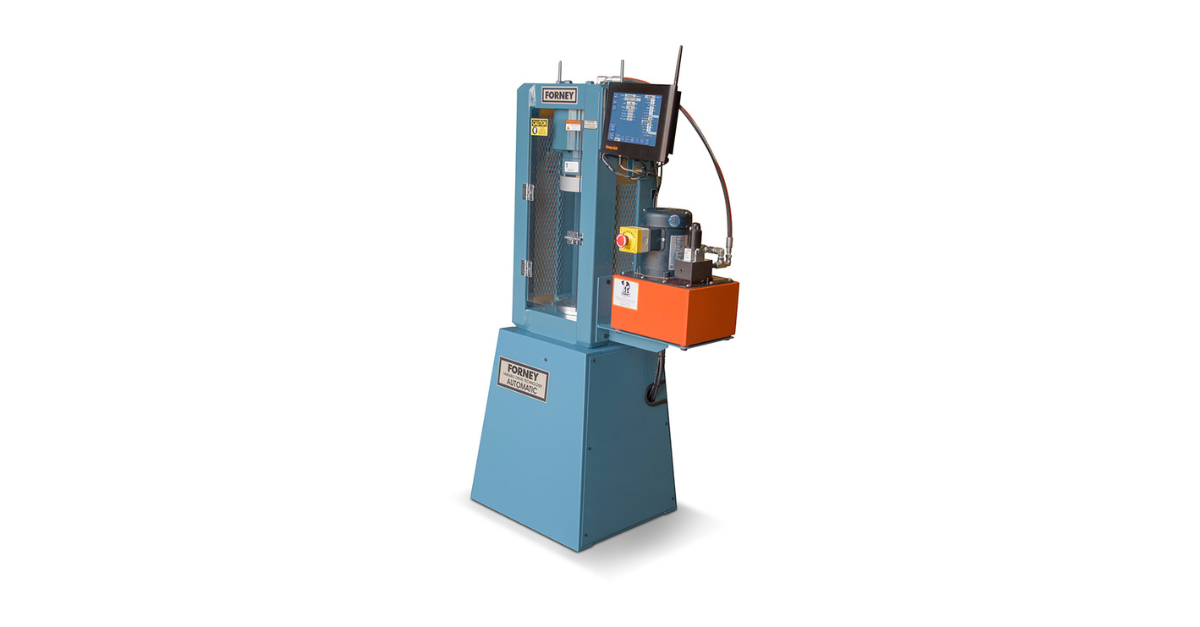
ASTM C880 requires precise testing with a uniform load rate, calculations that use basic statistics, and in depth reporting on test and specimen conditions. To capture all of this information before, during, and after the test, testers can use a Connected Machine with automatic controls and integrated testing software. This helps you:
- Validate test parameters and measurements with pre-test “Smart Checks.”
- Ensure a consistent load rate with automatic controls.
- Access test results, calculations, and specimen information in one place without any manual intervention.
With this equipment, you’re ready to conduct a compressive strength test according to ASTM C880.
ASTM C880 Test Preparation, Procedure & Results
#1. Sample Specimens
- Select samples according to ASTM C1799 that are representative of the true average of the type or grade of stone. A minimum of five specimens should be tested for each condition of the test for a total of at least ten specimens.
- Measure specimen dimensions and record to the nearest 0.01 inch: 4 inches wide by 1.25 inches thick by 15 inches long, with a test span of 12.5 inches.
- When the project specifies a thickness other than 1.25 inches, it should be tested at that thickness with a test span 10 times the thickness and specimen length 2-4 inches longer than the span. If thickness is greater than 2.67 inches, the specimen width should be 1.5 times the thickness.
#2. Dry Condition Specimens
- Dry specimens for 48 hours at 140 ±4 °F, weighing the specimens at the 46th, 47th, and 48th hour to ensure consistent weight; continue to dry and weigh the specimens every hour until they weigh the same after 3 successive readings.
- Cool specimens to room temperature in the desiccator before testing.
#3. Wet Condition Specimens
- Immerse specimens in potable water for 48 hours at 72 ±4 °F.
- Test specimens within 5 minutes of removing them from the bath and wiping the specimen free of surface water.
#4. Perform Flexural Test
- Place the specimen on the span supports.
- Apply load at a uniform stress rate of 600 psi/minute.
- Record maximum load at the failure point.
#5. Calculate & Report ASTM C880 Results
- Calculate flexural strength: σ = 3WL / 4bd2
- W = maximum load
- L = span (10d)
- b = specimen width
- d = depth (thickness) of specimen
- Calculate the average value of test results for each test condition.
- Calculate the standard deviation of the test results for each test condition.
- Report results, including:
- Date and testing agency, tester, and sample source identification
- Stone type, dimensions, and finishes
- Conditioning procedures used
- Individual test results
- Average value of test results
- Standard deviations and statements describing deviations
Conclusion
ASTM C880 provides the standard test method for flexural strength of dimension stone. Please review the current ASTM standard and other referenced standards for the most up-to-date guidelines and details.
Forney has the machines, accessories, and software necessary for ASTM C880. Shop the Forney store today or find your machine.
